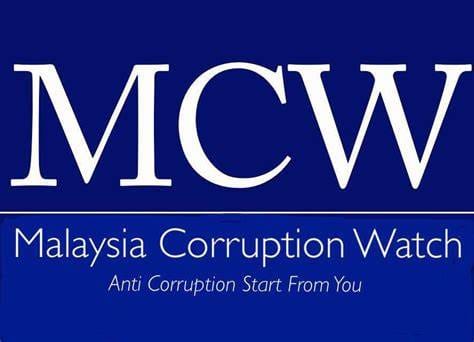Caterpillar Inc. explores offshore production to counter mounting U.S. tariffs
Caterpillar Inc. plans to shift parts of its production outside the U.S. as tariffs threaten to raise costs by $350 million. Facing declining revenues and global uncertainties, the company is rethinking its supply chain to stay competitive.

Caterpillar Inc., a global leader in heavy equipment manufacturing, has confirmed it is exploring the possibility of shifting parts of its production outside the United States in response to newly imposed tariffs that are straining its operations. The announcement, made during the company’s first-quarter 2025 earnings call, highlights the growing impact of trade tensions on American manufacturers with extensive international supply chains.
According to executives, Caterpillar is bracing for as much as $350 million in additional costs during the second quarter due to tariffs levied on imports of industrial components and raw materials from key supplier nations. These measures are part of a broader U.S. policy aimed at rebalancing trade, particularly with China and several Southeast Asian countries. However, for manufacturers like Caterpillar that rely on a global network of suppliers, these tariffs have raised production costs significantly.
To mitigate the financial impact, Caterpillar has initiated several immediate steps, including reductions in discretionary spending, delays in non-essential procurement, and tighter inventory controls. More critically, the company has begun evaluating long-term strategic options, including the relocation of specific manufacturing operations to countries not affected by U.S. trade tariffs. While Caterpillar has not confirmed which operations or facilities may be affected, sources suggest that components for construction machinery and power systems are likely candidates for relocation.
This marks a significant shift for the Illinois-based company, which has historically emphasized its commitment to U.S.-based manufacturing. However, with first-quarter revenues falling to $14.25 billion from $15.8 billion a year earlier—largely due to reduced global demand and rising costs—the firm is under pressure to protect margins and reassure investors.
“Our priority is to remain competitive in a highly dynamic global market,” a company spokesperson said. “Tariff-related disruptions compel us to rethink our sourcing and production models to ensure business continuity and long-term profitability.”
The move is not isolated. Several other industrial giants, including General Electric and Deere & Company, have signalled similar reviews of their global production footprints. Analysts view these developments as part of a broader realignment of global supply chains triggered by geopolitical instability, inflationary pressures, and protectionist trade policies.
Industry experts caution that while moving operations overseas may offer short-term relief from tariffs, it comes with its own set of risks, including regulatory hurdles, labor availability, and logistical complexities. Nonetheless, for Caterpillar and its peers, these risks appear increasingly acceptable compared to the escalating costs of remaining within tariff-exposed jurisdictions.
Looking ahead, Caterpillar maintains a cautious outlook for the remainder of 2025, expecting a slight decline in full-year sales if global economic conditions soften further. Yet the company insists that its core strategy remains focused on innovation, customer service, and operational resilience.
In the meantime, all eyes are on how the company navigates this transition—and whether its decisions will spark a wider exodus of manufacturing activity from U.S. soil in the face of sustained tariff pressure.


